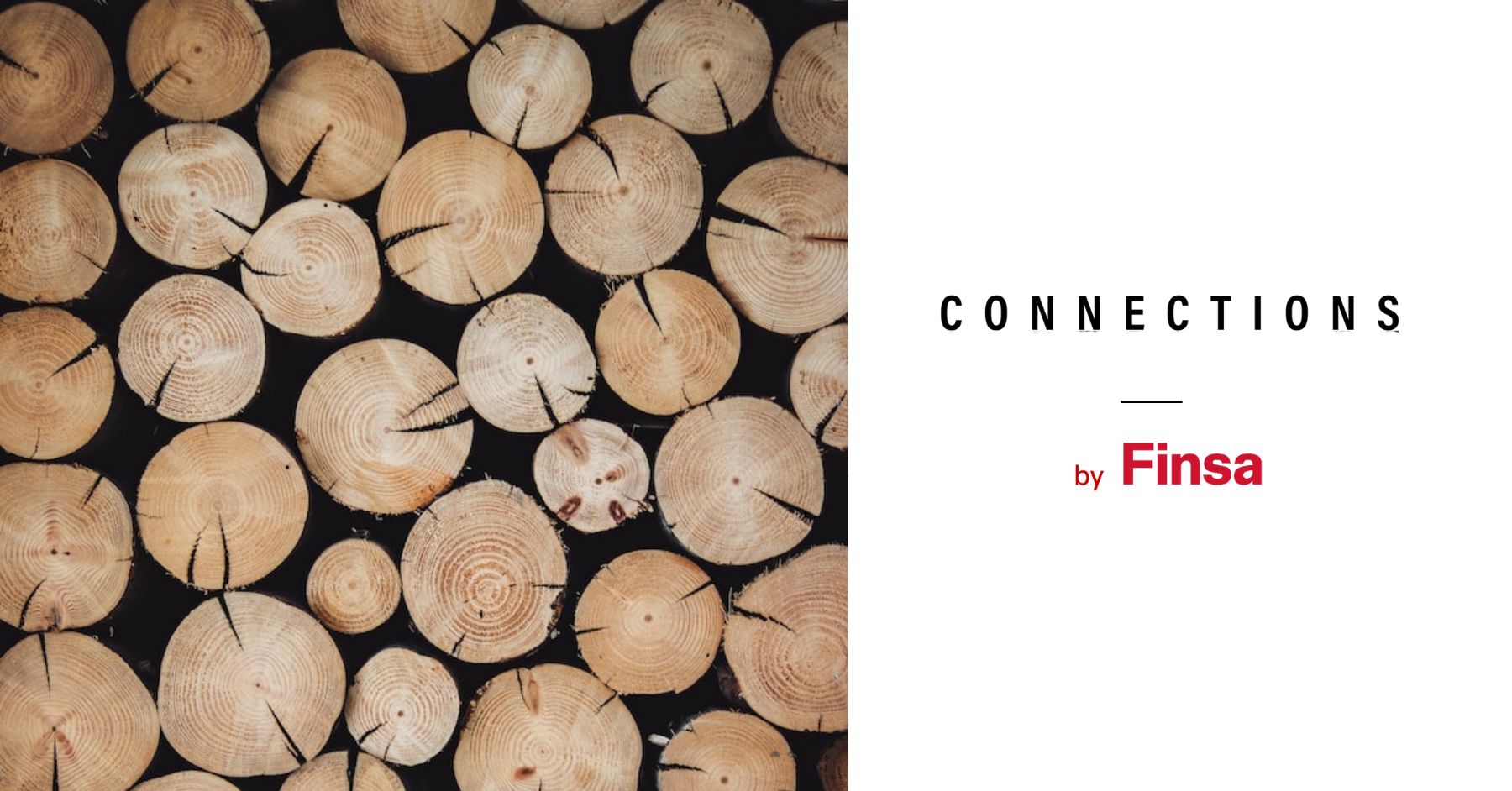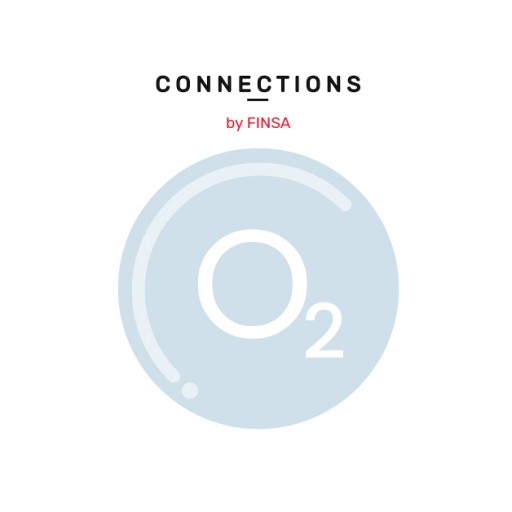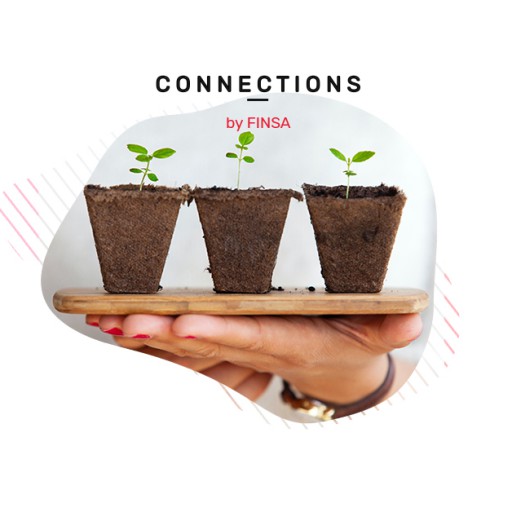You take out your smartphone, approach a piece of furniture, laminated flooring, a wooden art or music piece… you scan a QR code, and within seconds, you have a profile that includes information about the tree’s origin, the companies involved in its transformation, and the processes it underwent before reaching the market, all validated through blockchain technology. This is now possible with FORTRA. It’s a tool that explains and certifies the traceability of wood products voluntarily registered on its platform.
FORTRA is included as one of the actions of the 2021-2040 Galician Forestry Plan, promoted by the Galician Forestry Industry Agency (XERA). It was selected by the European program Wood Circus to boost the forestry value chain as a key element of the circular bioeconomy, and it was also chosen as one of the finalists in the Blockchain Alastria Awards 2023.
Since its launch in the summer of 2023, 153 solutions from twelve companies have already been registered, and it has received over 5,000 queries. It is currently available in English, Spanish, and Galician, with the possibility of expansion into other languages and countries.

How can I use FORTRA?
The system is free and voluntary, and it’s available to any wood industry company, as well as architecture and interior design professionals, luthiers, artisans, and, of course, end consumers. To use it, you simply need to download and install the application. On this platform, each company can model its production process and the level of traceability detail (ecolabels, PEFC, and FSC…).
What product information does FORTRA provide?
It offers information ranging from the exact origin of the wood, including its location and cadastral reference (even with web links to the cartographic location), to species, volumes, lots, the percentage of each lot used, and forest certification. It also stores processing operations and proximity policies (commonly referred to as “kilometer zero”). These data allow for the calculation of the carbon footprint. You can see an example here.
What benefits does FORTRA offer to the wood value chain and consumers?
From a commercial standpoint, this tool sets products apart in the market by highlighting their traceability, something any end customer can check using their smartphone. In terms of environmental concerns, it certifies that a product is sustainable and enhances the decarbonization policies of each company. In socioeconomic terms, it promotes locally sourced wood, thereby fostering rural development.
Were you familiar with FORTRA? Do you use such tools or others to identify traceability? Share your thoughts on social media using the hashtag #ConnectionsByFinsa.




